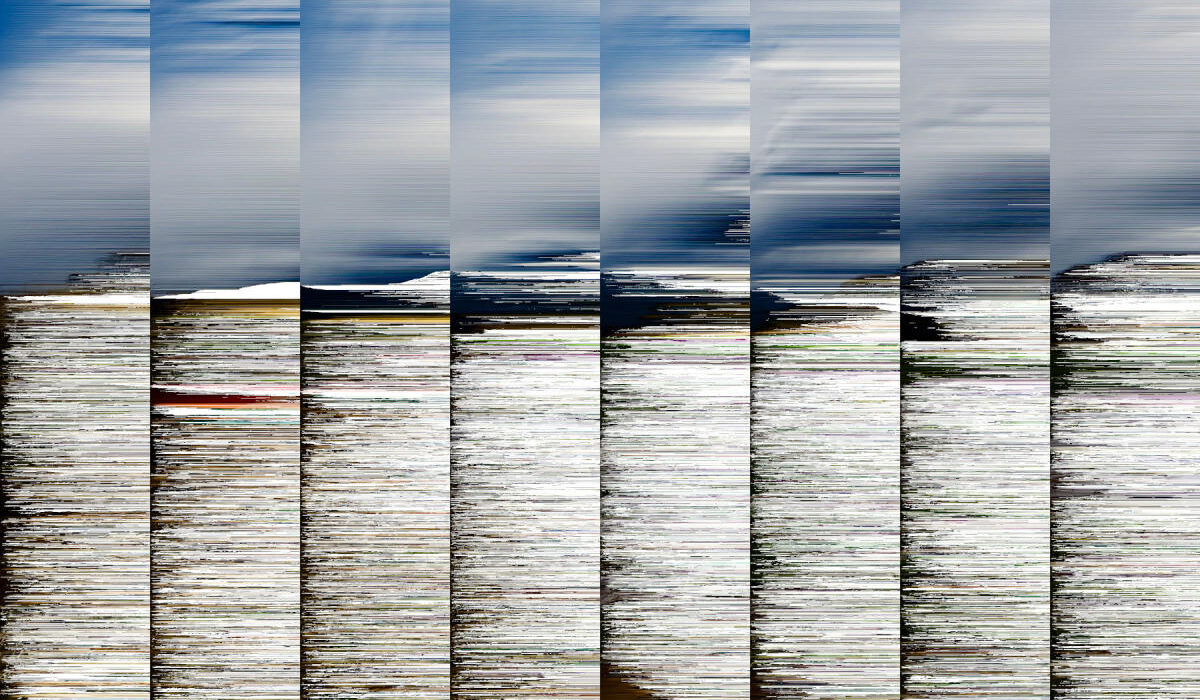LAUREN SMITH UNDERSTANDS and appreciates the history and significance of art in northern New Mexico. As co-founder of the Taos Abstract Artist Collective, she sees the nonprofit group of more than 200 artists as continuing a Taos legacy. From its original artists at Taos Pueblo to the Taos Society of Artists (TSA) in the early 1900s to the many who call it home today, art is lifeblood on the mesa. “The through line is people who are so moved by the land, the people, and the light of Taos,” Smith says.
Conceived in 2020, the collective presents its new exhibition, On Which It Rests, at the Couse-Sharp Historic Site beginning July 5. Curated by Alexandra Terry, curator of contemporary art at the New Mexico Museum of Art, and Davison Koenig, executive director and curator at the Couse-Sharp Historic Site, the show features works that speak to the creative lineage of Taos and the shared experience of artists who work there.
To shape the call for entries, Terry, Koenig, and several artists met for a roundtable. “We decided to ask where our artists source their inspiration, how they’re connected to this place, and how place shows up in their own practice, identity, and trajectories,” Smith says. “It was almost like a phenomenological research project.”
Many cited Taos as central to their creative processes. “There’s a psycho-spiritual connection to the land,” says Smith. It’s part of the reason E.I. Couse and J.H. Sharp were among the artists who formed the TSA in 1915. But drawing inspiration from this place comes with its own complexities.
“One of the motives of the exhibit is to remind folks how deep the history and culture are here in northern New Mexico—to be conscious that we’re on borrowed land,” Koenig says. “We have a responsibility to know that history. We are recent immigrants to this culture.”
The works in On Which It Rests evoke a quiet sense of creativity while challenging assumptions about abstract art. “I love the minimalism of the pieces we’ve chosen,” says Koenig.
Jan Marie Sessler, for example, used cement, earth, sand, foam, and paper to create Chrysalis, an adobe-brown conical sculpture reminiscent of a vessel with little stud-shaped nubs surrounding it. “It feels anthropological,” Koenig says.
DJ Barrett’s tablelike wooden structure, Earth Science, shows a repeating crescent shape set in a framelike panel that evokes clouds and the mesa Taos sits upon.
Displayed in the Lunder Research Center gallery at the Couse-Sharp Historic Site, the exhibition invites viewers to contemplate the relationship between artists, the place they create from, and the history embedded there. “These works encourage you to engage in a different way,” Koenig says. “We want this to be a breathing space.”

